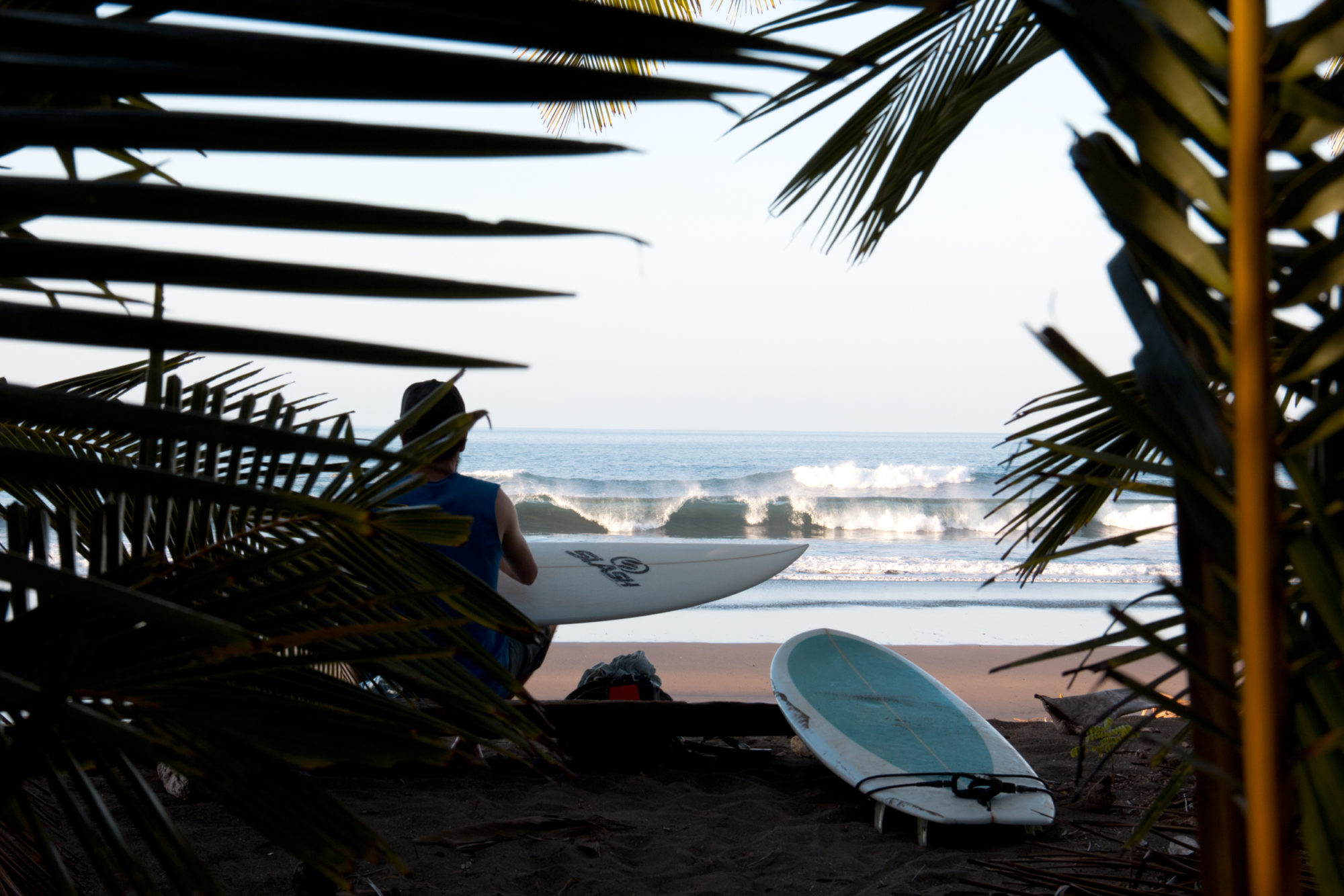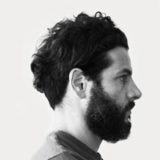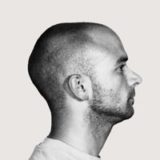Albert’s board: Fun Fish 5.10 feet, Slash Surfboards
-
 +
+

It is nearly the end of dry season in Pacific side, while squalls and storms are blowing in the Caribbean sea. After driving a few hours skirting the coast, we finally meet the open ocean. Panama’s West side gets swells from both the Hemispheres. The cyclonic activity off the coast of Mexico generates swell from North, while in the Southern Hemisphere the swell is produced from the latitudes between 40°S and 50°S by the Roaring Forties: the latters are strong and steady winds broadly used for commercial trade during the Age of Sail by ships travelling from Europe to India, Australia and Southern Asia.
Beaches around Malena and Torio, in the Azuero peninsula, feel like hidden paradise. Although this area is increasingly becoming known for its surf spots, most of them are set back from the road and you wouldn’t tell they are there. Surrounded by mountains and jungle on either side, with luscious coconut trees on the sandy beach and barreling waves roaring off the shore, this place is the perfect encounter of wilderness and ocean. Few people, no buildings, no sound but the wind, the animals and the rumble of the waves.
In the lower part of Azuero, we found an incredible spot. In this beach, due to its orientation, no matter how little is the swell in the Pacific in dry season you have great surf conditions 300 days per year. One of its hidden treasures is a corner of the beach which offers the most consistent waves: a vast sandbank on the sea floor and a strong offshore wind provide the conditions for some good tube riding and high perfectly-shaped peaks.
Thanks to Pedro we reach the little isle of Cebaco, a few kilometers from the coast. This islet is not served by commercial ferries and the only way to get there from the mainland is by local fisherman’s boat. Once arrived, we head to the beautiful Playa Jobo, on the Southern coast. In these pristine beaches blown by a constant offshore wind, sometimes you find yourself riding a wave bigger than you thought you can handle. Having such surf conditions everyday, every morning and every afternoon, really pushes you to discover your limits and forces you to challenge them.
But sometime the waves win, and knock you down. When Dizy broke his toe during a surf session, his injure influenced our days at Panama: we were supposed to keep travelling and stopover in other spots, but we eventually chose to remain most of the time. The doctor told him to take some sedatives and not to surf for a few days, to avoid major damages to his feet. After the fourth day, he wrapped his feet with duct tape and got back to the water.
Once well enough, we got our stuff back and we headed towards the Eastern part of the peninsula. Surf forecast weren’t that good on the other side, but then Playa Venao started pumping. We finally decide to end our trip here. The wave we find on Venao is quite different from the one we have been surfing: a slower, smoother break allows us a better waveriding and remind us how intense, rapid and vertical was the powerful wave on the Pacific side.
Photography. Dizy Díaz
Words. Vincenzo Angileri / Eldorado


